Amphibia

Wood Frog
Lithobates sylvaticus

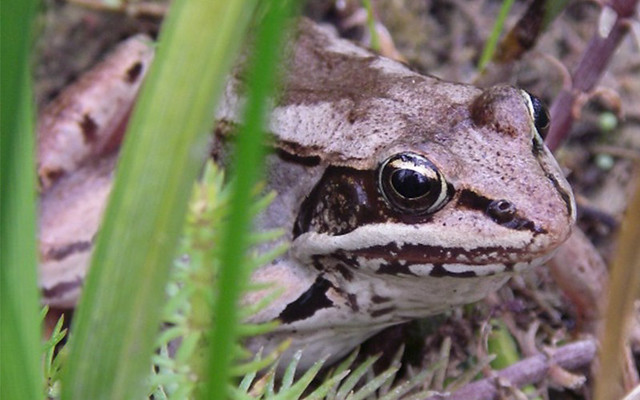
4 POINTS
Play: The Wood frog has a MOVE of 2
Fact: The wood frog is named for its migration to upland wooded areas where it hibernates for the winter under the leaf litter.

Chile Darwin’s Frog
Rhinoderma rufum

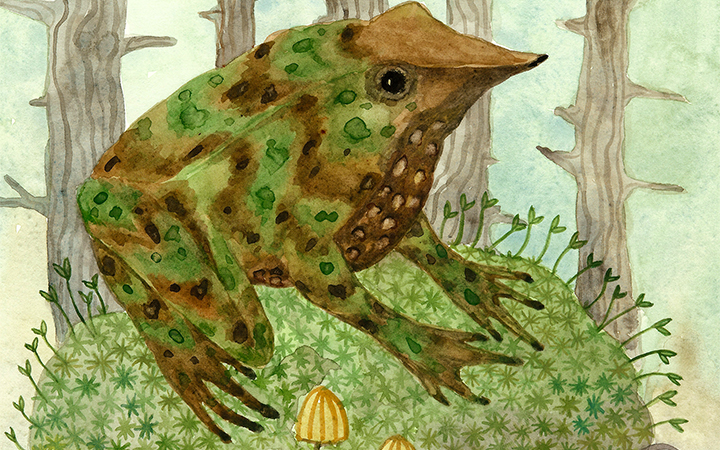
7 POINTS
Play: This frog has a MOVE of 2.
Fact: The Chile Darwin’s frog is currently listed as “Critically Endangered” by the IUCN, but as there have been no confirmed sightings since around 1978, it may be EXTINCT.

Frog
Xenopus laevis / tropicalis

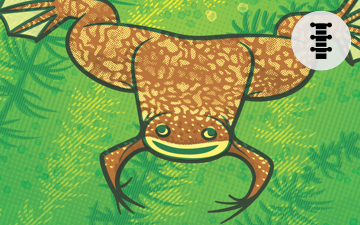
3 POINTS
Play: This frog has a MOVE of 2.
Commonly known as the “clawed frog”, this amphibian’s large embryos and eggs are easy to obtain and manipulate for medical and developmental research.

Spotted Salamander
Ambystoma maculatum

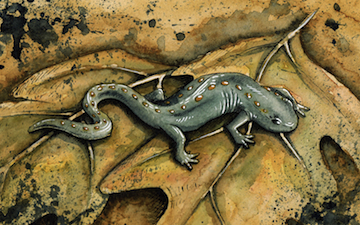
7 POINTS
• Ambystoma maculatum has a MOVE of 2.
• Ambystoma maculatum can regenerate its limbs if lost.

Pool Frog
Pelophylax lessonae

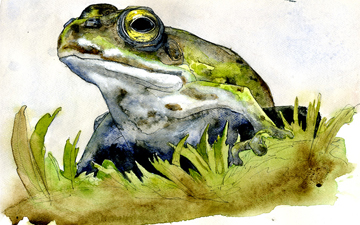
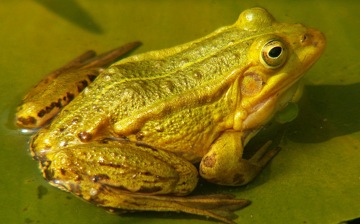
6 POINTS
• Pelophylax Lessonae has a MOVE of 2.
• Pelophylax Lessonae is common in Poland, the Baltic Republics, Moldova, Russia and the Ukraine.

Axolotl
Ambystoma mexicanum

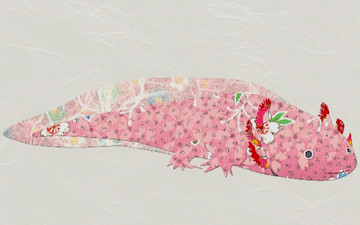
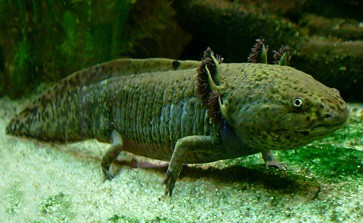
9 POINTS
• Ambystoma mexicanum has a MOVE of 2.
• Ambystoma mexicanum can regenerate its limbs.